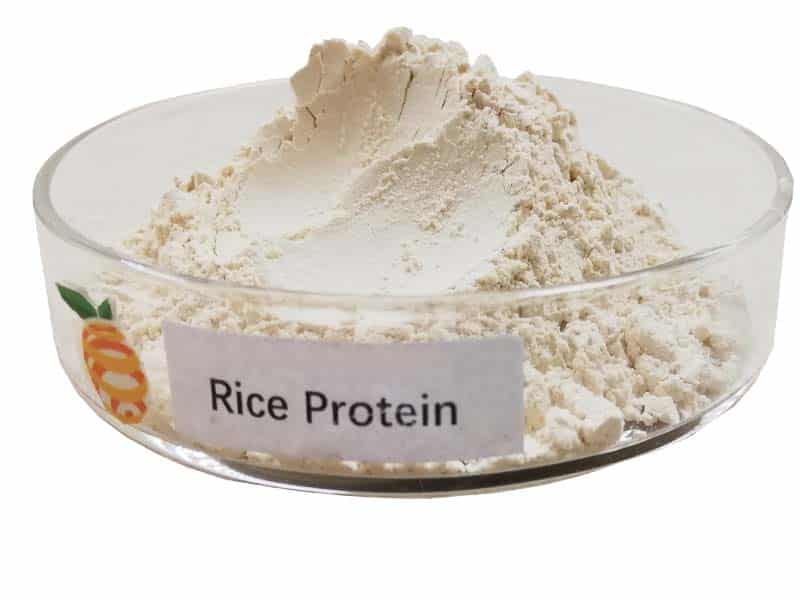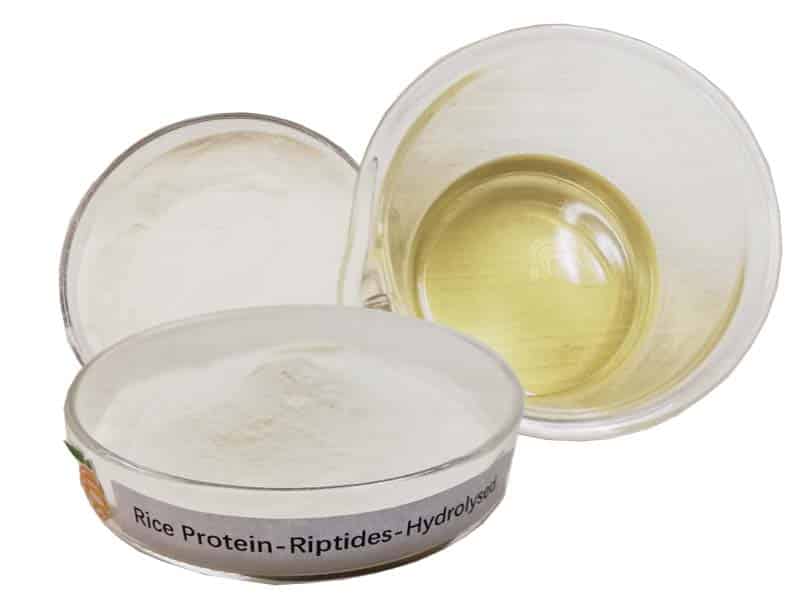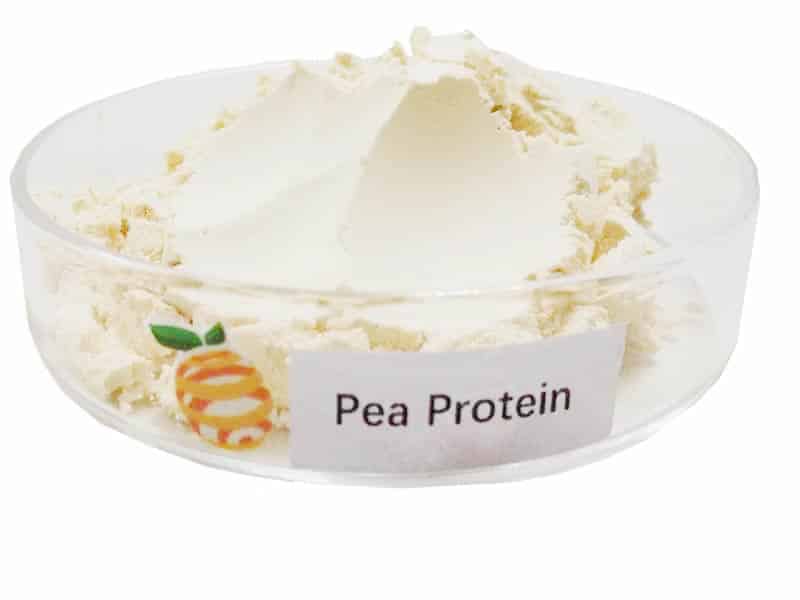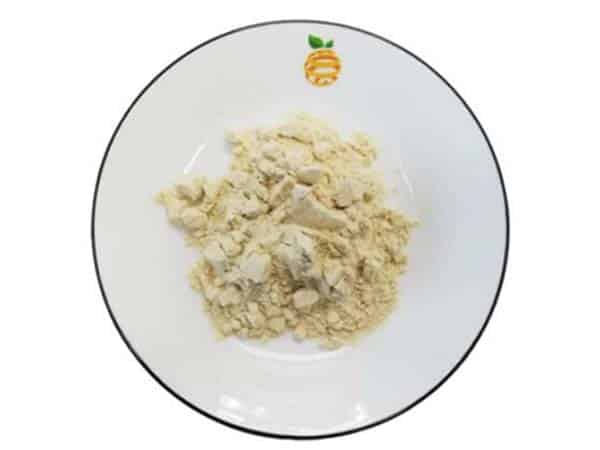Designing Functional and Aesthetic Kitchens for the APAC Food Service Industry
-
Table of Contents
- Designing Functional and Aesthetic Kitchens for the APAC Food Service Industry
- Understanding the APAC Food Service Market
- Key Considerations for Kitchen Design
- Designing for Efficiency and Safety
- Incorporating Local Flavors and Techniques
- Embracing Sustainability and Technology
- Creating an Aesthetic Space
- Conclusion
- ETprotein: Enhancing APAC Kitchens with Quality Protein Products
Designing Functional and Aesthetic Kitchens for the APAC Food Service Industry
< 08/df7e924d554888149282618e39e05e89 Designing Functional and Aesthetic Kitchens for the APAC Food Service Industry" />
The Asia-Pacific (APAC) region is a melting pot of cultures, cuisines, and culinary practices. The food service industry here is as diverse as its people, with a range of establishments from street food stalls to high-end restaurants. Designing kitchens for such a varied market requires a balance between functionality and aesthetics, ensuring that the space is not only efficient for food preparation but also appealing to the staff and, in some cases, the customers. This article delves into the key considerations and best practices for creating kitchens that meet the demands of the APAC food service industry.
Understanding the APAC Food Service Market
The APAC food service industry is characterized by its rapid growth and innovation. According to a report by Market Data Forecast, the Asia-Pacific food service market is expected to grow at a CAGR of 7.5% from 2020 to 2025. This growth is driven by increasing urbanization, a growing middle class, and a shift in consumer preferences towards convenience and dining out.
Key Considerations for Kitchen Design
When designing a kitchen for the APAC food service industry, several factors must be taken into account to ensure that the space is both functional and aesthetically pleasing:
- Space Efficiency: With real estate at a premium in many APAC cities, maximizing kitchen space is crucial. Smart layout planning and multi-functional equipment can help optimize the available area.
- Workflow Optimization: A well-thought-out kitchen design can streamline operations, reduce staff movement, and minimize the risk of accidents. This includes the strategic placement of equipment and stations to facilitate an efficient workflow.
- Local Cuisine Requirements: APAC cuisines often require specific cooking techniques and equipment. For instance, a Chinese kitchen may need wok stations, while a Japanese kitchen might require sushi preparation areas.
- Sustainability: With an increasing focus on sustainability, kitchens should incorporate energy-efficient appliances, waste reduction systems, and sustainable materials.
- Technology Integration: Modern kitchens are embracing technology for inventory management, order tracking, and even automated cooking processes.
- Aesthetic Appeal: The visual design of a kitchen, especially in open-concept restaurants, contributes to the dining experience. Materials, lighting, and color schemes must be chosen with the overall restaurant theme in mind.
Designing for Efficiency and Safety
Efficiency and safety are paramount in a commercial kitchen. The design should facilitate a seamless flow from food storage to preparation to cooking to serving. This not only improves efficiency but also ensures compliance with food safety regulations. Non-slip flooring, adequate ventilation, and proper lighting are essential components that contribute to a safe working environment.
Incorporating Local Flavors and Techniques
APAC kitchens must be versatile enough to handle a variety of cooking styles. This might mean incorporating specialized equipment like tandoor ovens for Indian cuisine or teppanyaki grills for Japanese dishes. Understanding the nuances of regional cuisines is essential for designing a kitchen that can produce authentic flavors and dishes.
Embracing Sustainability and Technology
Sustainability is no longer a trend but a necessity. Kitchens in the APAC region are increasingly adopting practices like composting, water recycling, and using biodegradable packaging. Technology, on the other hand, is revolutionizing kitchen operations with innovations like smart appliances that can be controlled remotely and data analytics to track kitchen performance.
Creating an Aesthetic Space
The aesthetic aspect of a kitchen should not be overlooked, especially in open-kitchen concepts popular in many APAC restaurants. The visual appeal of a kitchen can enhance the overall ambiance of a dining establishment, making it more inviting to customers. This includes choosing the right color palette, lighting fixtures, and even the presentation of the cooking stations.
Conclusion
Designing kitchens for the APAC food service industry is a complex task that requires a deep understanding of both operational needs and aesthetic considerations. A well-designed kitchen not only improves efficiency and safety but also contributes to the overall dining experience. By incorporating local cooking requirements, embracing sustainability, leveraging technology, and focusing on design aesthetics, kitchen designers can create spaces that are both functional and beautiful.
ETprotein: Enhancing APAC Kitchens with Quality Protein Products
As the APAC food service industry continues to evolve, the demand for high-quality ingredients is on the rise. ETprotein is at the forefront of supplying the industry with a range of premium protein products that can elevate any kitchen’s offerings. Their organic and non-GMO protein powders, including rice, pea, and various seed proteins, are perfect for creating nutritious and delicious dishes that cater to health-conscious consumers. Additionally, ETprotein’s L-(+)-Ergothioneine products offer antioxidant properties that can enhance the nutritional profile of food items. For kitchens looking to incorporate quality protein ingredients into their menus, ETprotein is an excellent partner.
About ETprotein:
ETprotein, a reputable protein and L-(+)-Ergothioneine (EGT) Chinese factory manufacturer and supplier, is renowned for producing, stocking, exporting, and delivering the highest quality organic bulk vegan proteins and L-(+)-Ergothioneine. They include Organic rice protein, clear rice protein, pea protein, clear pea protein, watermelon seed protein, pumpkin seed protein, sunflower seed protein, mung bean protein, peanut protein, and L-(+)-Ergothioneine EGT Pharmaceutical grade, L-(+)-Ergothioneine EGT food grade, L-(+)-Ergothioneine EGT cosmetic grade, L-(+)-Ergothioneine EGT reference grade and L-(+)-Ergothioneine EGT standard. Their offerings, characterized by a neutral taste, non-GMO, allergen-free attributes, with L-(+)-Ergothioneine purity over 98%, 99%, cater to a diverse range of industries. They serve nutraceutical, pharmaceutical, cosmeceutical, veterinary, as well as food and beverage finished product distributors, traders, and manufacturers across Europe, USA, Canada, Australia, Thailand, Japan, Korea, Brazil, and Chile, among others.
ETprotein specialization includes exporting and delivering tailor-made protein powder and finished nutritional supplements. Their extensive product range covers sectors like Food and Beverage, Sports Nutrition, Weight Management, Dietary Supplements, Health and Wellness Products, and Infant Formula, ensuring comprehensive solutions to meet all your protein needs.
As a trusted company by leading global food and beverage brands and Fortune 500 companies, ETprotein reinforces China’s reputation in the global arena. For more information or to sample their products, please contact them and email sales(at)ETprotein.com today.








